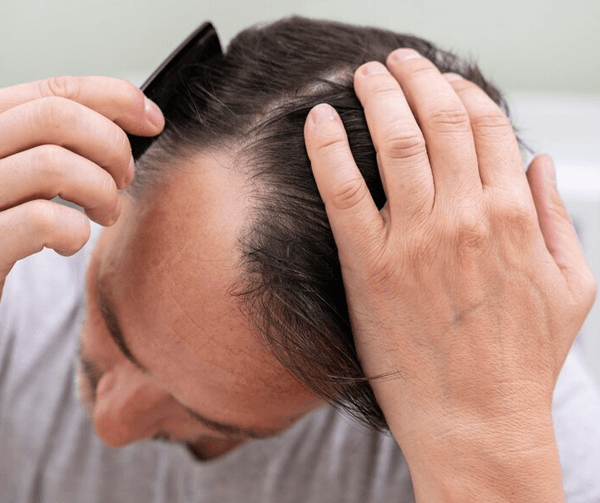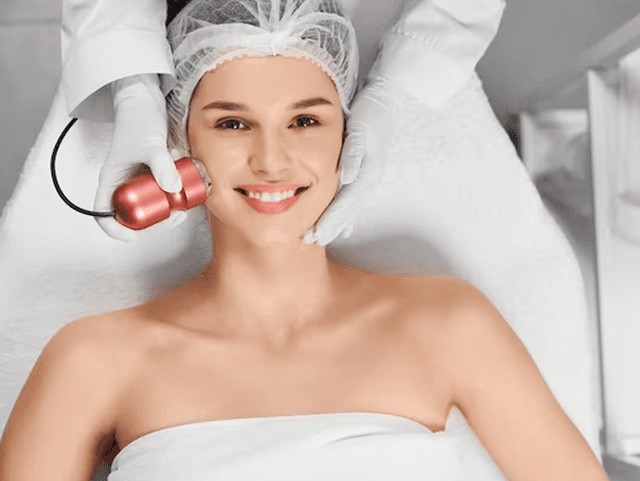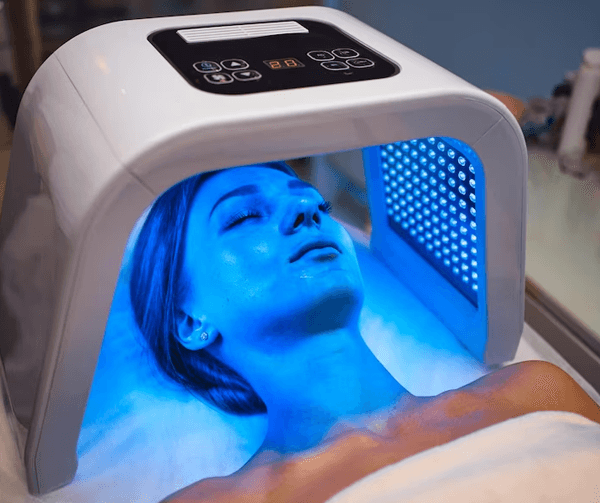Over the past few years, several new procedures have emerged, which are aimed at invigorating the skin and making it look younger and fresher. While facials have been around for a long time, there are newer and more advanced methods which can help the skin to look younger and fresh.
Laser skin resurfacing happens to be one such method, and in this article, we will be looking at the same in an in-depth manner.
What exactly is laser skin resurfacing?
The process of laser skin resurfacing is also known as laser vaporization, laser peel and lasabrasion. The basic tenet behind laser skin resurfacing is that it can remove or at least reduce wrinkles on the face, blemishes and even slight scars. The newer versions of laser resurfacing can allow the doctor to handle even the most delicate parts of the face and ensure good results.
What can laser skin resurfacing do?
Here is what laser skin resurfacing do:
- It can remove scars that might have appeared because of chickenpox or even acne
- It can remove liver spots and warts
- It can remove very obvious looking birthmarks
- It can help reduce, if not completely remove the fine lines or wrinkles that appear under the eyes, around the mouth or on the forehead
- It can help with skin that has not responded well to a facelift
- It can improve skin that has been damaged due to ageing or exposure to the sun
- It can help even out your skin tone
- It can help remove or reduce facial oil glands that are abnormally large
Who is an ideal candidate for laser skin resurfacing?
You would be considered an ideal candidate for laser skin resurfacing if:
- You do not have very dark skin
- Your acne is not too active
- You do not have very deep wrinkles
- Your skin does not sag too much
How does laser resurfacing actually work?
As the name suggests, laser resurfacing uses laser, which is actually beams of light. The doctor will direct short, but intense beams of light at the skin, where there is irregularity. The laser will remove the unwanted or damaged skin, in a very accurate manner. Because the approach is extremely targeted, there are less chances of damage to surrounding tissue. The process will actually removes the upper layers of the skin, simultaneously stimulating new skin to grow. As a matter of fact, the same process will also promote the growth of collagen too, making the skin look younger and fresher. When there is more collagen and the treated area starts to heal, the skin will start to look better.
What is the procedure of laser skin resurfacing?
Normally, the surgeon will initiate a series of skin treatments, in order to prepare your skin for the laser resurfacing. In most cases, these treatments will start one and a half months, before the actual procedure. These priming treatments are conducted so that your skin is prepared for the laser resurfacing and there are minimal complications.
The laser resurfacing process normally takes around 30 to 120 minutes and there is no need to get admitted for the same.
Laser resurfacing can be quite painful, which is why your doctor will give you a local anaesthetic or sedation. You might also be given painkillers for few days to come, because the recovery process can also be a little difficult.
There are two types of lasers that are used for resurfacing:
- Erbium laser resurfacing – This type of procedure is used to remove lines that are either really fine or just moderately deep. Normally the procedure is used for the face, but it can also be used on the hands, neck and chest.
- CO2 laser resurfacing – The more commonly used method, CO2 has been used for years. However, modern day CO2 can be directed either in short bursts or as a continuous beam. This type of laser can remove really thin layers of skin, one at a time, without damaging the tissue that surrounds the same.
Both the processes are designed to remove the superficial layer of damaged skin cells.
Post the procedure, the treated area is covered with tissue that has been treated with a special solution. These dressings might be changed on a regular basis or you might even be subjected to topical medications.
What are the possible risks or side effects of laser resurfacing?
Skin is not only the largest organ of the body, it is also the most delicate, which is how each person will react to laser resurfacing will be different. However, in most people, there is bound to be some redness and mild swelling. Certain people have also complained about itching or a stinging feeling, which tends to fade away in a matter of days. In some people, their skin will look like it is badly sunburnt, and there could even be blisters that ooze. In case, there are blisters and any liquids oozing from the same, it would be best that you head straight to your doctor.
Possible complications include:
- Your acne could flare up, unless your doctor prescribes a proper treatment regime.
- You could have a bacterial infection, which could hamper the healing process.
- If you have a history of cold sores, the same could resurface post a laser resurfacing session.
- There are possibilities of hyper as well as hypo pigmentation – either your skin could go dark or become much lighter than intended.
- Small white bumps called milia could appear, but these can be removed easily.
What needs to be done post laser resurfacing?
There are certain steps that need to be taken after laser resurfacing for the best results. These include:
- The skin from the area that has been treated will peel away, but it is important that you not peel it on your own.
- Clean the site with saline on a regular basis or ask your doctor on what needs to be done.
- Your doctor will prescribe skin care products and a proper regime for you.
- Sunscreen will become extremely important in the days following the procedure.







